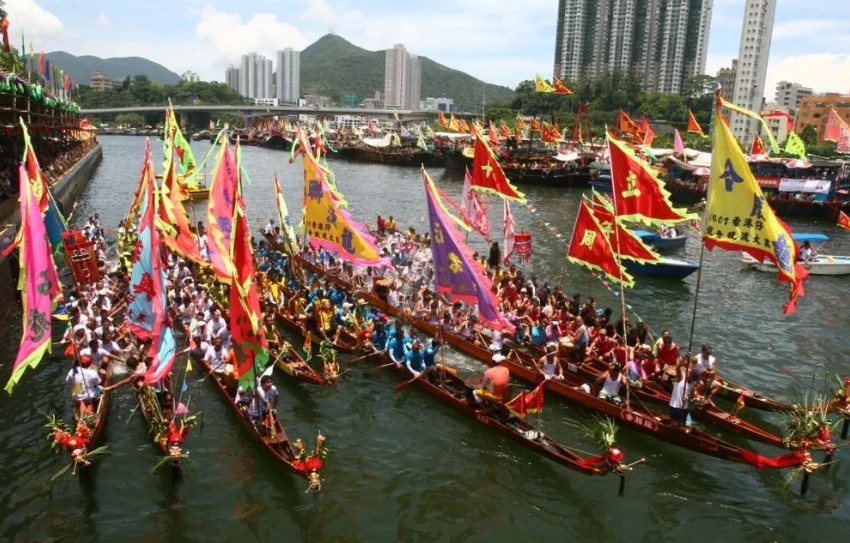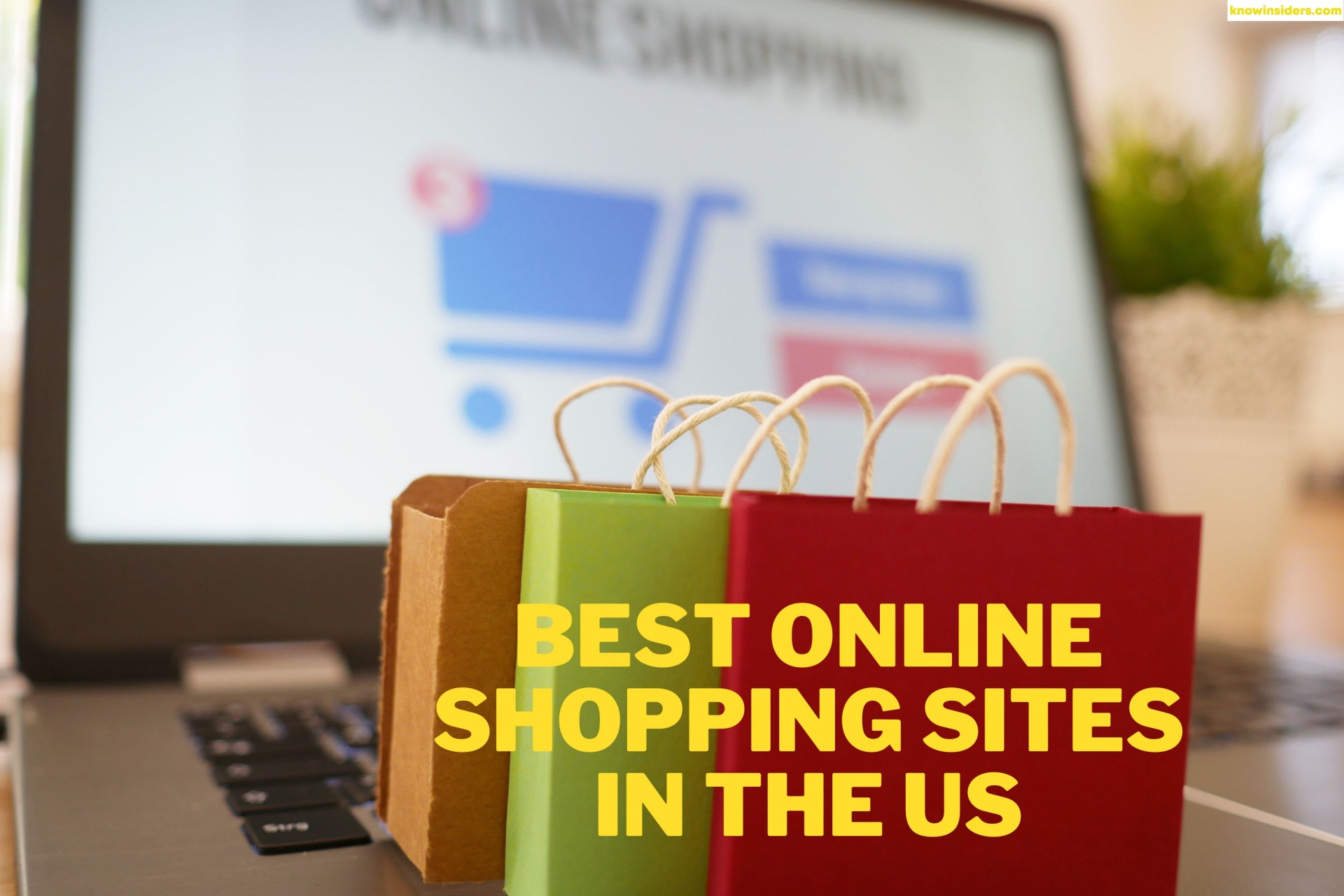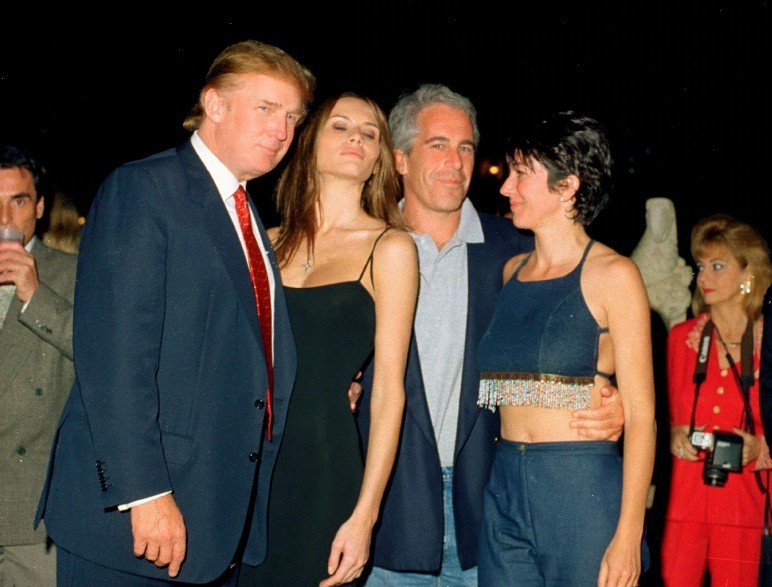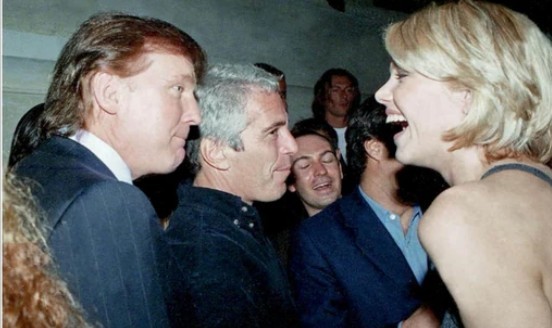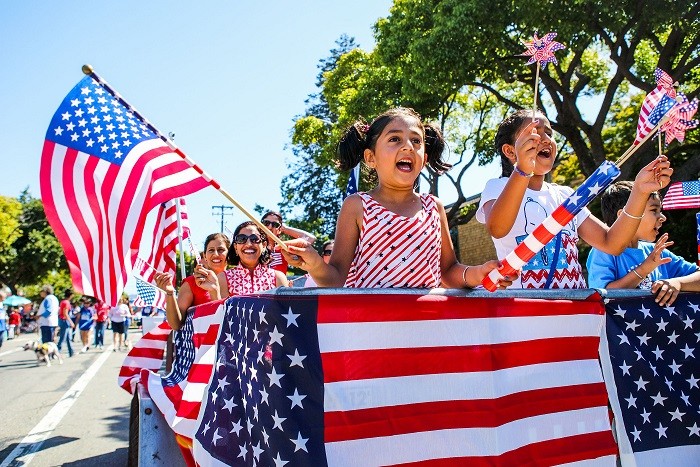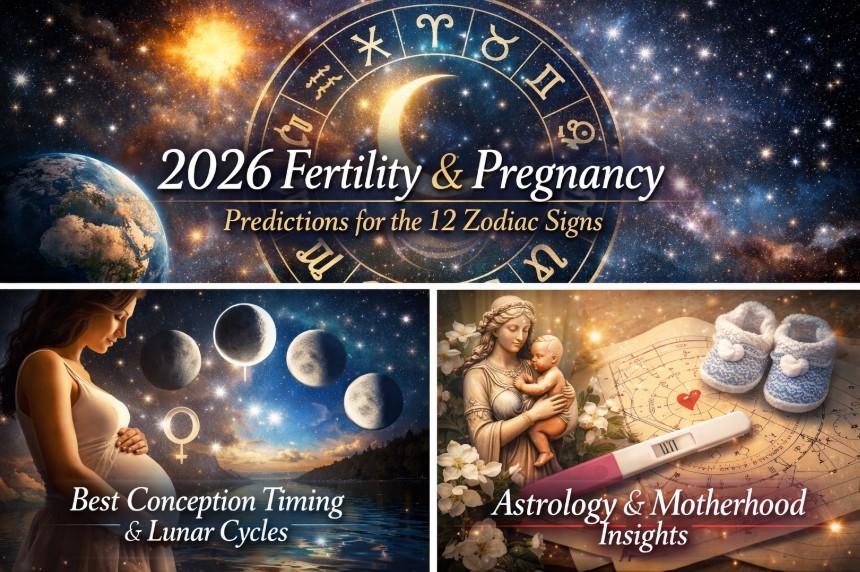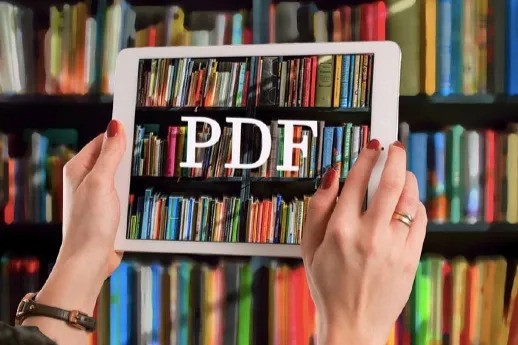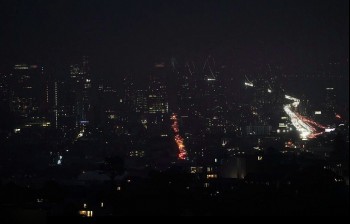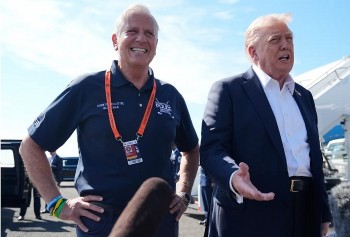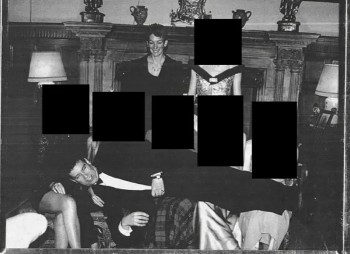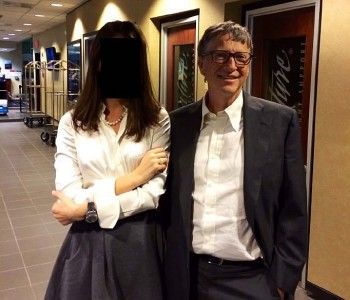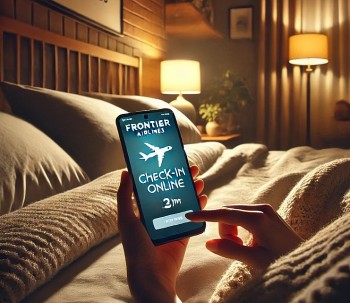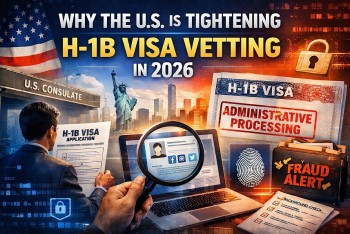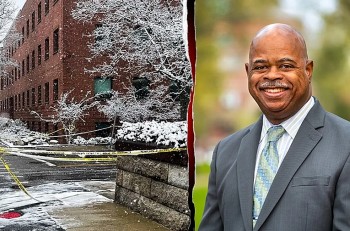Only in China: Elite Spends Millions of Dollars To Spot Difference Between Fake and Authentic
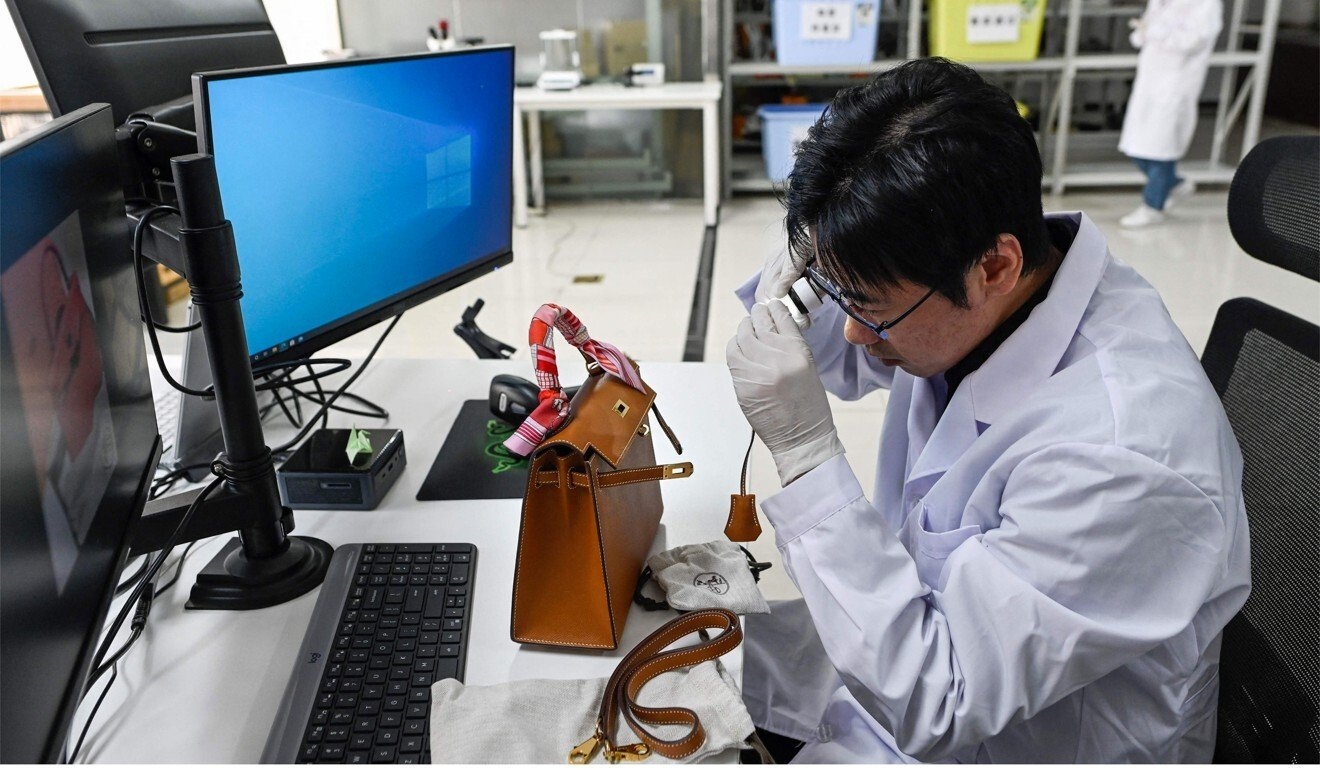 |
| Photo AFP |
Many are fooled by good imitations with little difference from the originals. That’s the reason why Zhang Chen, founder of the Extraordinary Luxuries Business School in Beijing, opened a class to teach students how to detect fakes and value second-hand goods, AFP reported.
Zhang Chen’s seven-day course costs 15,800 yuan, but he said it was a price worth paying as it provided a foothold in a second-hand luxury market that was only just taking off.
His students are all affluent but from a variety of backgrounds, including the former editor of a fashion magazine from Shanghai and a bartender looking for a fresh start after his business was hit by the Covid-19 pandemic.
China is the world’s biggest market for luxury goods – and their counterfeits – so an expert eye for telling a bona fide Chanel handbag from a bogus one is a skill set in hot demand across China.
Enter the “luxury appraiser”, an eagle-eyed differentiator of real from fake, trained to triage handbags, belts and garments for dodgy serial numbers, stitching and logos.
China’s factories churn out huge quantities of luxury goods, much of which is destined for a domestic market worth about 4 trillion yuan (US$617.7 billion), according to market researchers UIBE Luxury China.
The value of China’s second-hand luxury market almost doubled last year to 17.3 billion yuan, according to consultancy Forward Business Information.
 |
Zhang’s students are all affluent. Photo:AFP |
“Chinese people buy one third of the world’s luxury goods, but the circulation rate of 3 per cent is far below the 25-30 per cent in Western countries,” he said, referring to the percentage that is later resold.
“The lining of a black Chanel handbag must be pink,” he said.
“Two letters will light up and that’s the secret,” said Zhang, who learned his own skill appraising luxury goods a decade ago in Japan.
“I realised that second-hand luxury bags could be sold at a very good price,” said 31-year-old stock market trader Xu Zhihao.
A Louis Vuitton Neverfull handbag bought two years ago can still be sold at 9,000 yuan on second-hand platforms, a 20 per cent discount, while a small Chanel Gabrielle bag goes for about 60 to 70 per cent of the retail price.
“I think the logic behind the sales is very similar to the financial products I’m selling now,” Xu said.
“Pay special attention to the scratches around the buckle, as a lot of people get manicures these days,” Zhang said.
And seasonality is essential, with red – the colour of good luck – selling quickest over Chinese holidays.
***READ MORE: ONLY in CHINA: 7 Weird Things You May Not See Anywhere Else
Former counterfeiters become students
His school had even attracted former counterfeiters as students, he said, many wanting to build on existing skills but shift to less disreputable work.
Zhang said that in most cases he took him about 10 seconds to tell if a product was real.
Some clients send pictures of watches, trainers and clothes for an online diagnosis.
Verifying luxury products is set to become more hi-tech with fashion houses introducing chips to trace pedigree.
Louis Vuitton said in 2019 that it would launch a blockchain platform called Aura to record its goods.
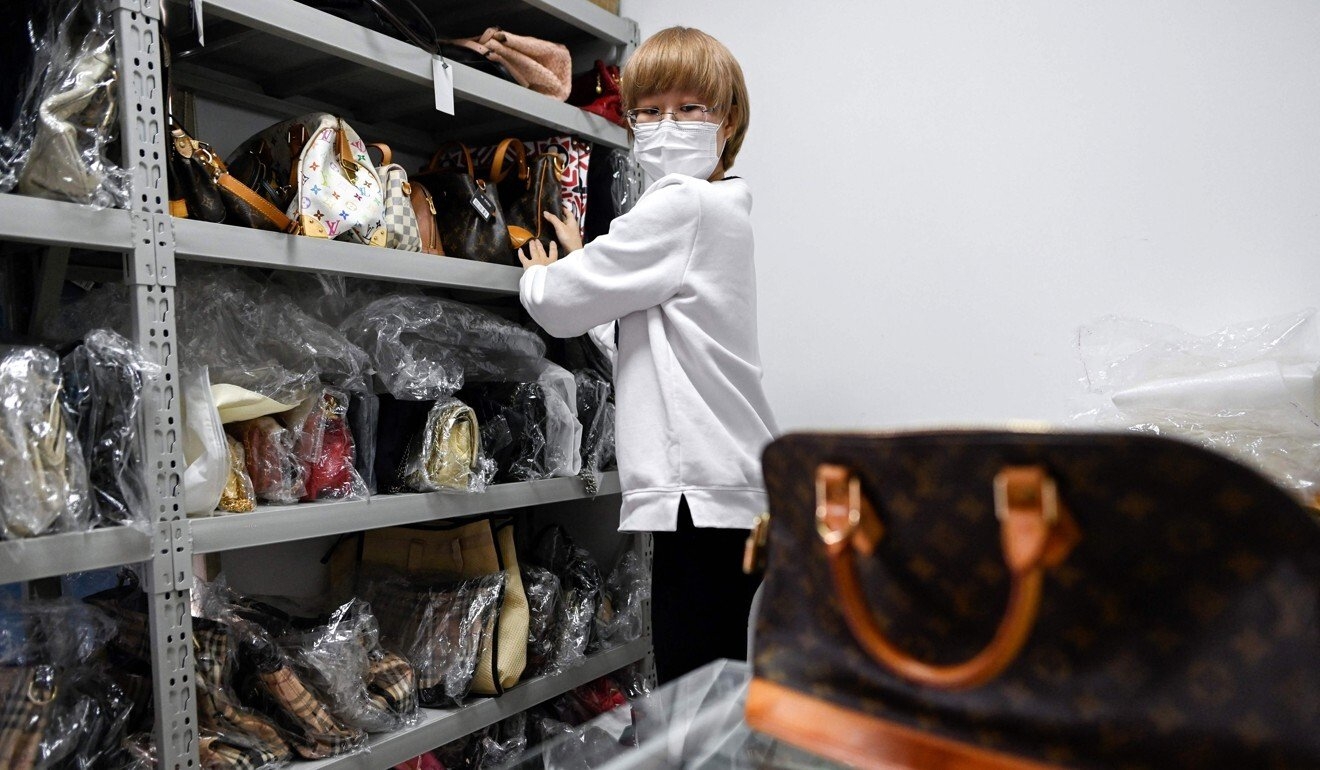 |
| One of Zhang’s assistants prepares for a class. Photo AFP |
Microchips have been inserted in the sole of women’s shoes made by Italian brand Salvatore Ferragamo, while Burberry has experimented with radio frequency identification technology in its goods.
But with the tech still in its infancy, Zhang is unconcerned about the threat to his analogue line of work.
“Any technology has the possibility of being cracked,” he said.
“The market for identifying luxury products will always exist, it’s just that the methods will have to adapt.”
What to know about global and Chinese counterfeit industries?The global counterfeit trade for all items, from purses to electronics to software, is worth US$461 billion, about 2.5% of all trade worldwide. That is more than the global drug trade. Despite attempts regulation, international trade in counterfeit goods has almost doubled since 2008. 80% of the world’s counterfeit goods come from China, and many of the market’s consumers are in China as well, daxueconsulting cited. There are several distinct market segments of consumers who purchase fake goods in China. The primary segment is buyers unaware that they are purchasing fake products. This deceptive counterfeiting is rampant, but the market for fake goods in China is largely driven by consumers who actively search for and purchase counterfeit products. Middle-class shoppers who value brand prestige make up a large segment of the non-deceptive counterfeit market. They can afford the occasional $500-$1000 bag, but not the luxurious $15,000 Louis Vuitton or Birkin. These aspirational Chinese shoppers purchase fake goods for the same reason the wealthy buy real products: to emulate their high-class idols, impress peers, and enhance social status. Fake goods allow shoppers to “consume” prestigious brands without actually buying the high-quality goods. |
To know more about Chinese counterfeit market, watch this video:
 Only in China: First Sex Doll Hotel Closed With No Explaination Only in China: First Sex Doll Hotel Closed With No Explaination The first-ever sex doll hotel in Shenzen where men are welcomed to entertain with inanimate sex dolls has been closed down by police without explaination. |
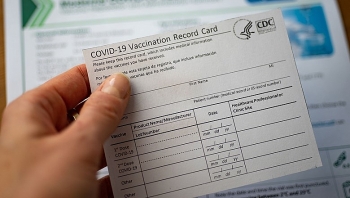 Covid-19 Vaccine Card: How much on Black Market and How easy to Fake Covid-19 Vaccine Card: How much on Black Market and How easy to Fake Fake vaccination certificates are incredibly easy to buy online, or even to make yourself as fraudsters are setting up Shopify-backed online stores to sell fake ... |
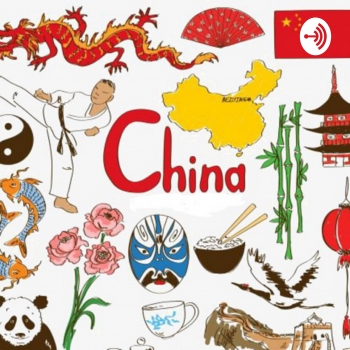 ONLY in CHINA: Top 9 Taboos to Avoid ONLY in CHINA: Top 9 Taboos to Avoid "When in Rome, do as Romans do.” And when in China, do as Chinese people do. In Chinese culture, there are many taboos that you ... |



